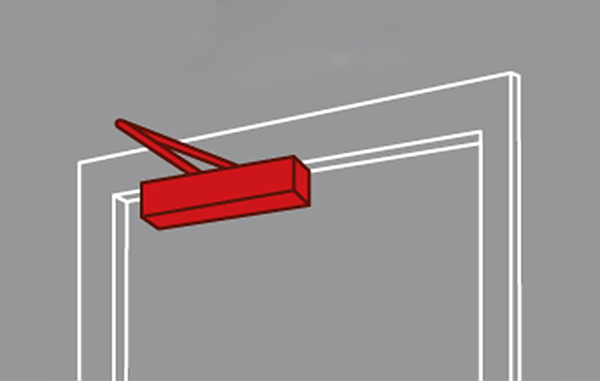Technical Specification for Overhead Door Closers
Technical Specification for Overhead Door Closers
Overhead door closers can be fitted in different ways depending on the type of door and frame and door usage.


INFO25
Standard fitting application Figure 1
Closer is fixed to the pull side of the door
This is the most common fitting application
These pictures are for illustration purposes only
INFO26
Transom fitting application Figure 66
Closer is fixed to the push side of the door
These pictures are for illustration purposes only




INFO27
Parallel arm fitting application Figure 61
Closer is fixed to the door frame on the push side of the door
These pictures are for illustration purposes only
INFO28
See typical closer terminology below:
Delayed Action
Delays the closing cycle to allow slow moving pedestrians to pass through unhindered by the closing of the door. Please check CE & Certifire test results if using on a designated fire door.
Adjustable Backcheck
In-built cushioning during the opening cycle to minimise the risk of personal injury and damage to adjacent walls. This function should not be used as an alternative to a door stop.
Adjustable Latch Action
The speed of closing in the last 10 degrees (approximately) can be adjusted to overcome intumescent seals and latches.
Controlled Closing
Most closers have an adjustment valve which allows the closing speed to be controlled. This is effective throughout the whole closing cycle except when delayed action or latch action is activated.
Slide Arm Application
Can be used where it is not suitable to have a projecting arm. Consists of a single arm connected to a channel mounted above the door. Not suitable for doors with projecting architraves.
Power Adjustment by Template
The closer’s power can be changed by altering the position of the closer on the door in accordance with a template provided.
Power Adjustment by Spring
The closer’s power can be adjusted after the closer is fitted by adjusting the spring tension of the unit to suit door size and site conditions.



